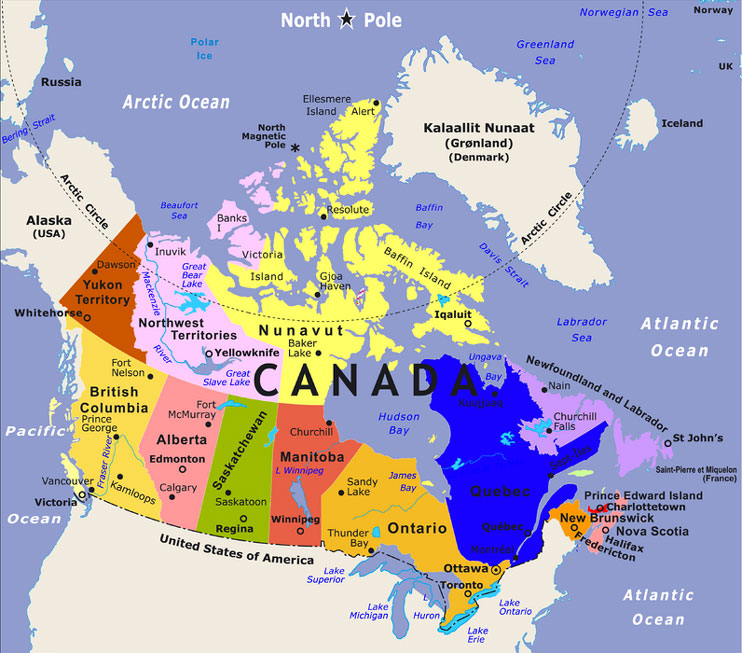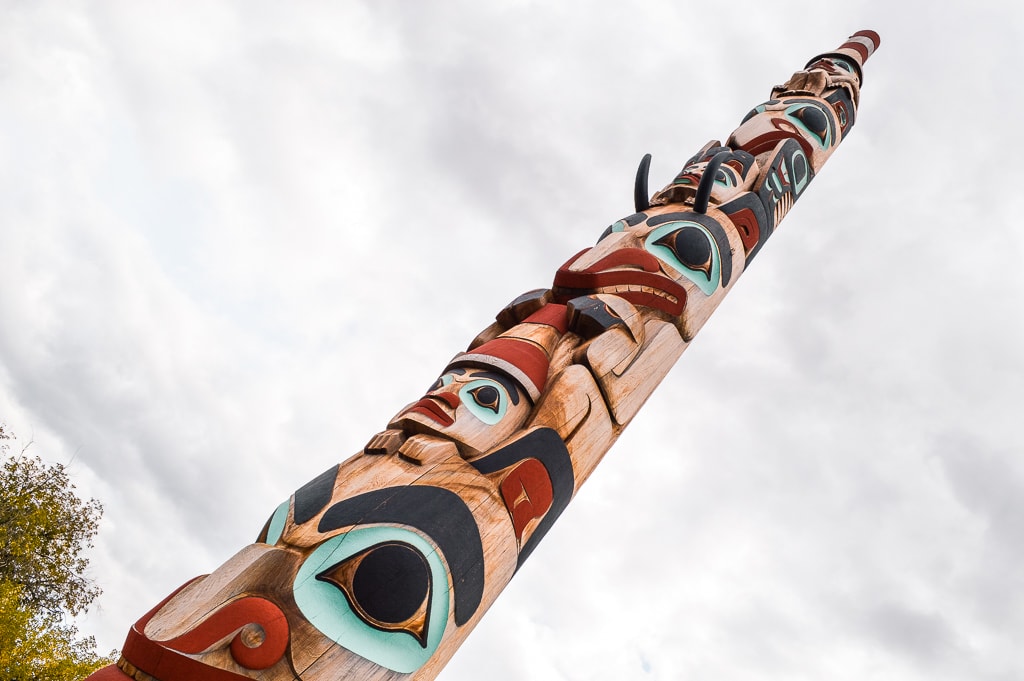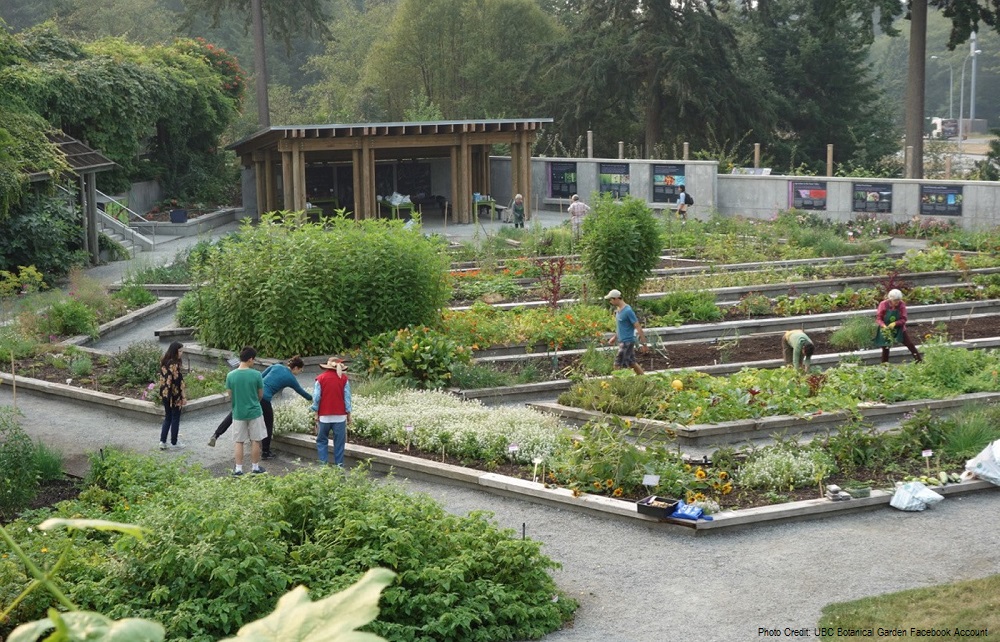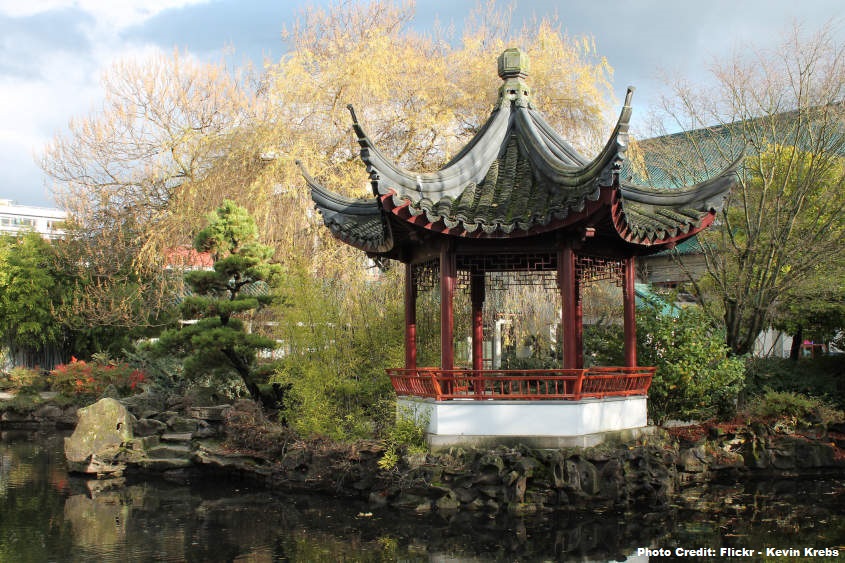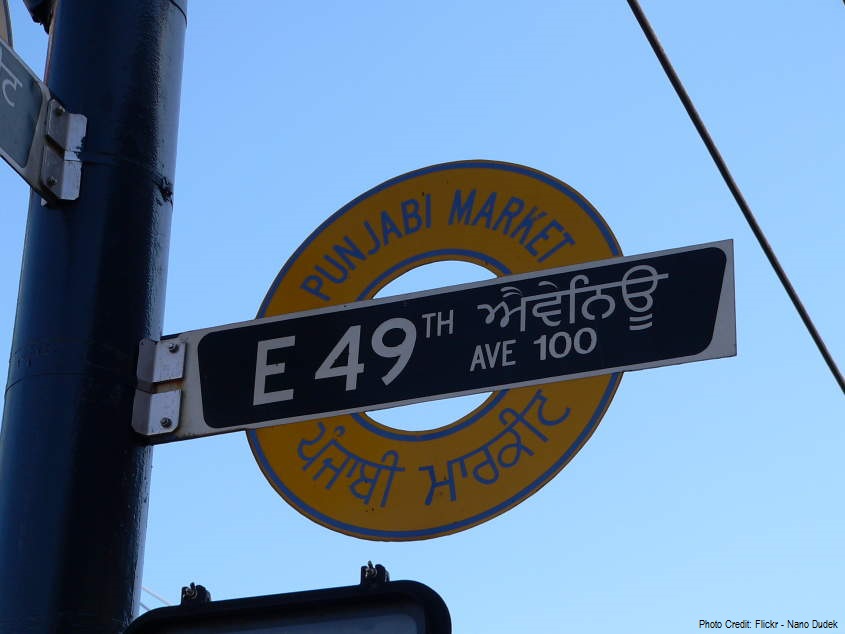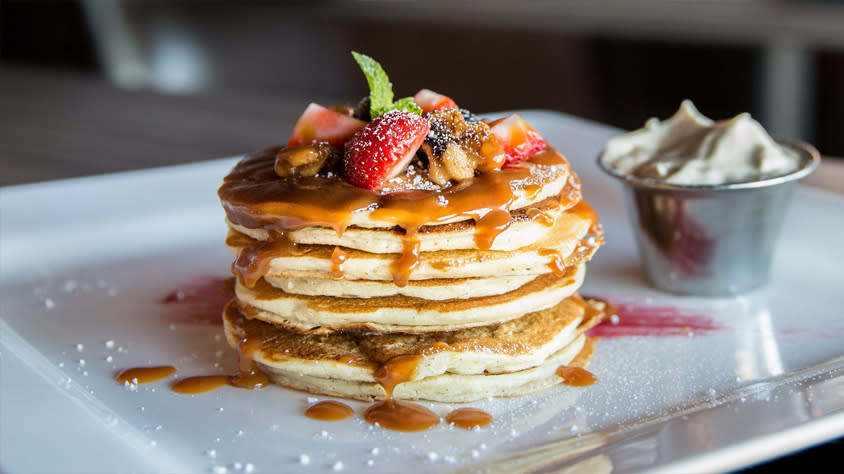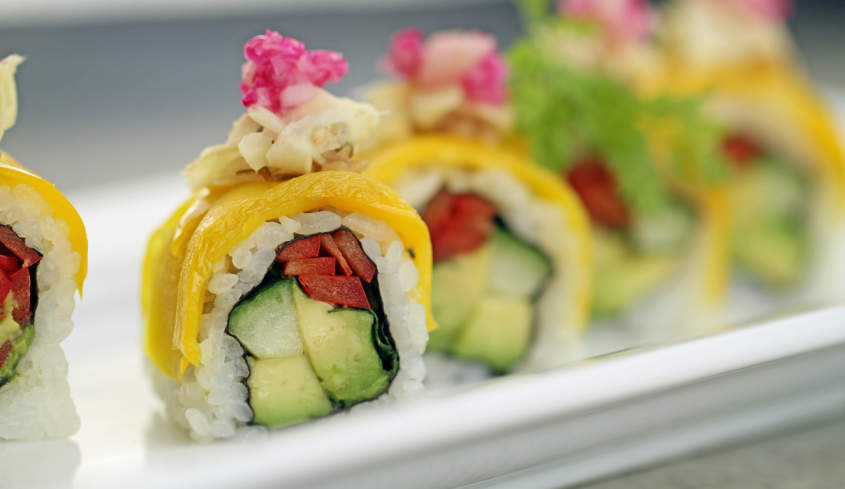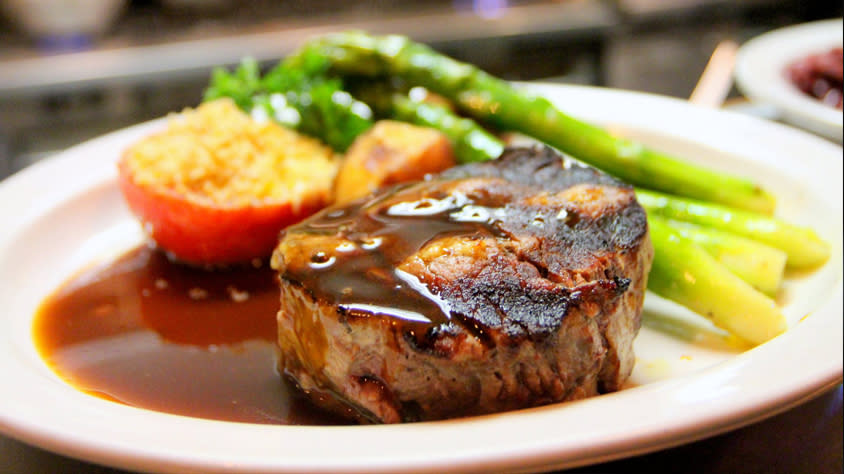“You’re gorgeous, you’re sophisticated, you live well…Vancouver is Manhattan with mountains. It’s a liquid city, a tomorrow city, equal parts India, China, England, France, and the Pacific Northwest. It’s the cool North American sibling.”
– The New York Times
Vancouver, a bustling west coast seaport in British Columbia, is among Canada’s densest, most ethnically diverse cities. Vancouver is known around the world as both a popular tourist attraction and one of the best places to live. Rainforests and beautiful foliage throughout all four seasons make Vancouver one of the most beautiful cities in the world. Nestled between majestic mountains and sparkling ocean, Vancouver is truly one of the most beautiful cities in the world, offering an unforgettable meeting experience. Canadians are known for their friendly nature, and Vancouver’s citizens take great pride in our welcoming, clean, safe streets – day or night, all year round.
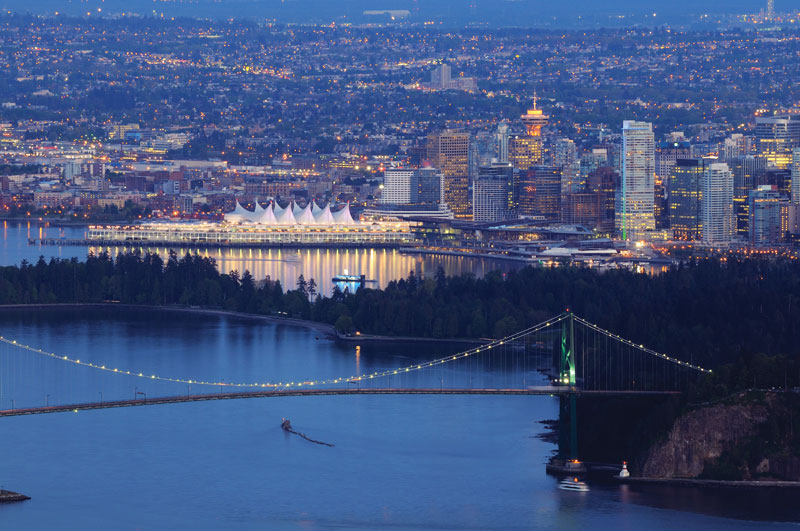
“To describe the beauties of this region will on some future occasion be a very grateful task to the pen of a skilled panegyrist. The serenity of the climate, the innumerable pleasing landscapes, and the abundant fertility that unassisted nature puts forth, requires only to be enriched by the industry of man with villages, mansions, cottages, and other buildings.”
– Captain George Vancouver, 1772
History & Culture
The region had long been inhabited by several Native American (First Nations) peoples when a trading post, Fort Langley, was set up by the Hudson’s Bay Company in 1827. Few people of European descent lived in the area until the late 1850s, when the town of New Westminster (now a suburb of Vancouver) was established near the site of the original fort (in 1839 the fort itself had been relocated a little farther upstream). Thousands of miners, mostly from California, flooded into the region in the 1860s, attracted by the gold rush in the Cariboo Mountains to the northeast.
Vancouver was originally a small sawmilling settlement, called Granville in the 1870s. It was incorporated as a city in April 1886 (just before it became the western terminus of the first trans-Canada railway, the Canadian Pacific) and was renamed to honor the English navigator George Vancouver, of the Royal Navy, who had explored and surveyed the coast in 1792. The city has long been a popular destination for immigrants both from other parts of Canada and from overseas. Notable has been the influx of East Asians, primarily Chinese, especially since World War II.
Vancouver is a cosmopolitan and ethnically-diverse city! Over the years, Vancouver has become home to a broad range of ethnic groups who have each contributed to this city’s vibrant and distinct assemblage of cuisines, heritage, belief systems, and artwork. Although these cultures have retained a sense of their original identity, their influence has shaped Vancouver into a thriving, international city with a unique vibe.
Japanese
The aesthetic influence of Japanese culture is everywhere in Vancouver, from serene public gardens to the thousands of blooming cherry trees planted throughout the city’s green spaces. The first wave of Japanese immigrants, called Issei (or first generation), arrived in Vancouver between 1877 and 1928, with many settling in small fishing villages along the Pacific coastline and on farms in the Fraser Valley. Since then, it’s become easy to experience an authentic part of this culture by dining at one of the many Japanese restaurants, enjoying a tea ritual at the Nitobe Memorial Garden, or attending the annual Powell Street Festival, the largest Japanese-Canadian community event in Vancouver.
Chinese
During the late 1800s, the first Chinese immigrants began arriving in Vancouver to work on railroads and in mining operations. As more workers and families began migrating to Vancouver, the neighborhood kept growing, eventually developing into the third most populous Chinatown in North America. Step into this bustling cultural district, where you can indulge in authentic cuisine, shop for specialty items in traditional markets and teashops, and experience contemporary nightlife with a new generation of Chinese-Canadians.
Indian
More than a century ago, Vancouver’s booming lumber industry lured thousands of immigrants from Punjab, a region located on the Indian-Pakistani border. As this cultural group became more established in Vancouver, Punjabi Market — or Little India, as it’s sometimes called — emerged as an exotic district occupying six blocks along Main Street. Start at East 49th Avenue, and walk down Main Street to peruse sparkly gold bangles, vibrant silks, and aromatic spices. Don’t miss out on the authentic Indian cuisine, whether you’re looking to try signature samosas, spicy vegetarian dishes or something more adventurous.
Italian
After World War II, thousands of Italians moved to Vancouver, settling into the Grandview neighborhood, around Commercial Drive. During the 1950s, this area became known as “Little Italy” because of its high concentration of Italian residents, restaurants and businesses. But over time, a number of other ethnicities infiltrated the area, creating a culturally diverse neighborhood. Nonetheless, this area continues to display plenty of remnants of Italian culture. Learn more about Italian-Canadian heritage at the Italian Cultural Centre, watch a bocce ball game in nearby Beaconsfield Park, or enjoy a rich cup of espresso from one of the many Italian cafés along the Drive.
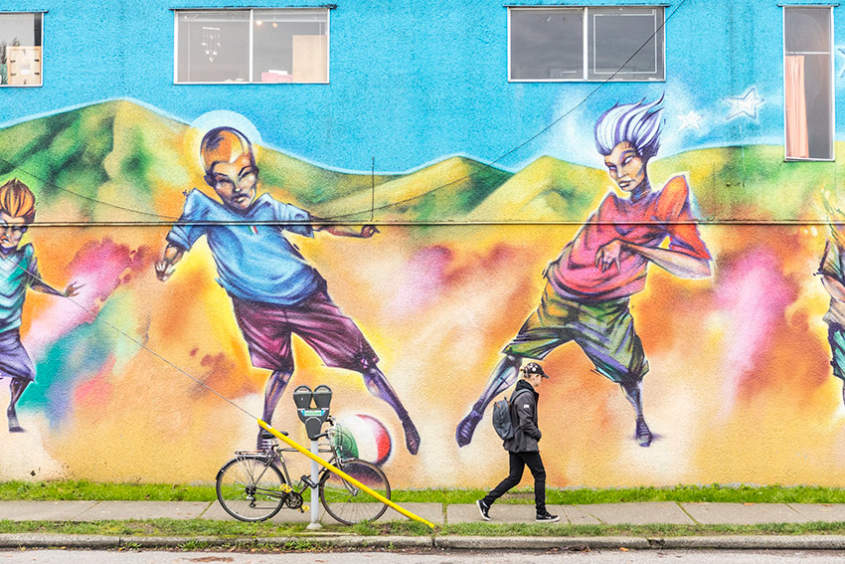
Must See Attractions
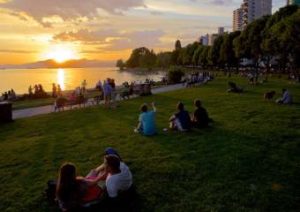 Stanley Park is a magnificent green oasis in the midst of the urban landscape of Vancouver.
Stanley Park is a magnificent green oasis in the midst of the urban landscape of Vancouver.
FlyOver Canada utilizes state-of-the-art technology to give you the feeling of flight. You will hang suspended, feet dangling, before a 20-metre spherical screen while our film whisks you away on an exhilarating 8-minute journey across Canada, from east to west. Special effects, including wind, mist and scents, combine with the ride’s motion to create an unforgettable experience.
Museum of Anthropology is a place of world arts and cultures with a special emphasis on the First Nations peoples and other cultural communities of British Columbia, Canada.
Tourism Vancouver offers the 10 Must See Attractions and 25 Free Things to Do in Vancouver.
Climate
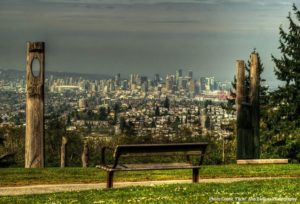 Warmed by Pacific Ocean currents and protected by a range of mountains, Vancouver’s weather is mild year-round. From high 70’s Fahrenheit (low 20’s Celsius) in summer to a mild mid 40’s Fahrenheit (0º to 5º Celsius) in winter, the climate is always hospitable. The winters are wet, but it rarely snows, except on local ski hills. World Forum 2021 will take place during the spring season where it is still winter up in the local mountains, but the rest of Vancouver comes alive with spring outdoor activities, garden tours, multicultural celebrations and so much more. Temperatures during the month of April are expected to range from 50º-60º Degrees Farenheight.
Warmed by Pacific Ocean currents and protected by a range of mountains, Vancouver’s weather is mild year-round. From high 70’s Fahrenheit (low 20’s Celsius) in summer to a mild mid 40’s Fahrenheit (0º to 5º Celsius) in winter, the climate is always hospitable. The winters are wet, but it rarely snows, except on local ski hills. World Forum 2021 will take place during the spring season where it is still winter up in the local mountains, but the rest of Vancouver comes alive with spring outdoor activities, garden tours, multicultural celebrations and so much more. Temperatures during the month of April are expected to range from 50º-60º Degrees Farenheight.
Cuisine
It’s hard to really define what Vancouver’s food culture is about in just a few paragraphs. This is a city that loves its food, so you’ll find Vancouverites getting very excited about everything on their plate, whether that’s seasonal spot prawns, late summer tomatoes, a massive prime cut of steak, or a steaming bowl of ramen noodles. Vancouver has its fair share of high-end restaurants that are perfect for a big night out or a celebration. But what the city does best is great food with a more relaxed vibe. You’ll find excellent bites at the food trucks that dot the downtown core, the izakayas that are basically Japan’s version of a pub, at neighborhood bistros, and at the city’s gastropubs.
In such a diverse city, it’s easy to find many different cultures influencing each restaurant. The Indian restaurant has a wild salmon dish, the Peruvian restaurant also has a Japanese raw bar, and the Belgian bistro incorporates flavors of the Middle East. That’s to be expected in a city like Vancouver where local chefs grow up surrounded by different cultures, then go and apprentice in Europe before heading back home to put their own stamp on the city’s culinary scene.
Vancouver’s location puts it in prime position to reap the fruits of the sea, and seafood is very much a part of the city’s food culture. You’ll find it in our Asian restaurants and our French bistros; in places with what tablecloths and served up at food trucks.
Vancouverites don’t just care what’s in their meal, they care where the ingredients come from as well. Menus routinely list the farm, fisherperson or artisan cheesemaker or butcher responsible for the components on your plate. Seafood is sustainable, meat is nose-to-tail, and vegetables are local.
Money Matters
It is recommended that all visitors use Canadian currency (the Canadian Dollar – CAD) when travelling within Canada. Visitors can exchange currency at Canadian chartered banks, trust companies, credit unions, or at offices of foreign exchange brokers, but it is advised to have local currency on hand prior to arriving. Some hotels, merchants, restaurants and suppliers accept US or other foreign currency at a pre-determined rate, which may differ from the daily rate posted by financial institutions.
The Canadian Dollar is made up of 100 Canadian cents. Coins are in denominations of 5 cents (nickel), 10 cents (dime), 25 cents (quarter), $1 (loonie), and $2 (toonie). Notes are in denominations $5, $10, $20, $50, $100 and $1,000.
Note that Canada phased out use of the 1 cent (penny) coin in 2013. If you are paying cash, the total amount of your purchases will be rounded either up or down to the closest 5 cents. Credit card and debit card payments are not rounded.
Tipping
Tipping is not mandatory but generally expected in Canada. In most cases, a tip in the range of 15 to 20 percent is perfectly acceptable. Tip in Canadian dollars ($CA), and keep in mind is that sales tax in Canada is between 5 and 15 percent, depending on the province, but tipping calculations are suggested for pre-tax amounts. Tipping for taxi’s is also expected. Anywhere between 10 to 20 percent of the fare is acceptable.
Transportation
All Vancouver Public Transportation is run by TransLink, the Metro Vancouver transportation authority. TransLink operates a variety of public transportation options in Vancouver and tickets are good across buses, Skytrains and the SeaBus. We recommend you check out this online resource for transporation tips throughout Vancouver.
Education
Over the last 10 years, unprecedented momentum has been built for the Community Plan for a Public System of Integrated Care and Learning in BC. Widely known as the $10aDay Child Care Plan, this comprehensive plan is the template for building a universal public child care system in this province. The elements of the plan addresses affordability, accessibility and quality childcare while valuing the expertise of the sector. More information can be found at www.10aDay.ca.
After decades of little investment in the early years, both federal and provincial government have come to the table with funding and policy to start addressing the child care crisis in BC. In 2017, the current provincial government commitment was $1.1B. 3 years into this commitment many investments to reduce family’s fees, increase spaces and address quality have been implemented. Educators have been able to access. Still there is much more to be done and with the support of families, advocates and educators the child care crisis will continue to be addressed.
Vanvouver wishes to acknowledge that they share traditional territories of the Coast Salish peoples and acknowledge the Musqueam, Squamish, and Tsleil-Waututh Nations. It is with respectful consideration that the programs and services are provided to students and families to honour cultural protocols of these communities. (Learn more about Vancouver’s Indigenous Education programs).
Demographics
Population: 630,150
Area: 114.97 kilometers (44.39 square miles)
Population Density: 5,492.6 persons per square kilometer
GDP Per Capita: US $44,337



